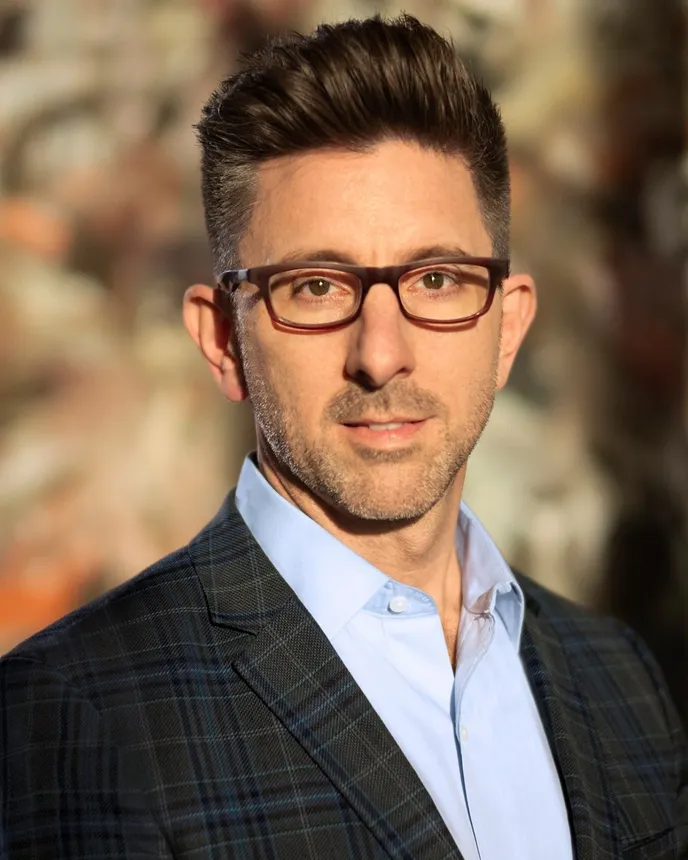Robin Stern is co-founder and senior adviser to the director of the Yale Center for Emotional Intelligence and a psychoanalyst in private practice. Marc Brackett is the founding director of the Yale Center for Emotional Intelligence and a professor in Yale’s Child Study Center. Dawn Brooks-DeCosta is deputy superintendent of Harlem Community School District 5 in New York.

Teachers across the country ended the 2024-25 school year under a cloud of political interference, censorship and systemic underinvestment. In July, the federal government temporarily froze over $6 billion in education funding, triggering widespread anxiety. Though much of that funding was later restored, the message was clear: Support for educators remains fragile.
Now, as educators are back in the classroom, stress is coming from many directions: understaffed schools, anxious parents, state mandates, federal regulations, community politics. Many teachers are asking, “Can I keep doing this?
It’s a question that speaks not to individual capabilities, but to an unsustainable system.
As an administrator, this is your cue to be part of the solution. School administrators are uniquely positioned to buffer the impact of outside forces, shape school culture and address the very real burnout plaguing the profession.

Burnout is often misunderstood as a personal failure — a result of poor time management or emotional fragility. But the World Health Organization defines burnout as a syndrome caused by chronic workplace stress that has not been successfully managed.
That means administrators have a critical role to play. Yes, outside forces matter. But inside your schools, you have power. You can do your best to minimize unnecessary stress, foster psychological safety, and support the emotional sustainability of your staff.
To do that, we must name three truths that are too often forgotten.
1. Teachers are not martyrs
School leaders know teachers aren’t saints or superheroes. But unfortunately, the broader culture often treats them that way, expecting endless sacrifice and glorifying overwork as a badge of honor.
Administrators can change that narrative by advocating for competitive pay, defending planning time, and ensuring that expectations around after-hours communication, committee work and data entry are reasonable. If unrealistic school board or parent demands compromise your teachers’ well-being, challenge them.
When leaders normalize burnout as proof of dedication, they are complicit in dismantling the profession. Teachers are professionals, and they deserve to be treated with the same dignity they strive to instill in their students.
2. Emotional labor is real labor
Holding a child’s grief, de-escalating a teen’s rage, noticing subtle signs of trauma or hunger … none of these appear in a job description. But teachers do them every day. As any seasoned administrator knows, emotional labor is not just exhausting — it’s cumulative.
Investing in additional, districtwide mental health resources isn’t a luxury. These investments should be supported by creating time for teachers’ professional development in emotional intelligence, which is both a great retention strategy and a gift for teachers’ well-being.
3. Attrition is a signal, not a failure
When a teacher leaves your school, it may feel personal — or inevitable. But it’s often a warning light for deeper structural problems.
Research from the American Psychological Association shows that toxic work environments increase the risk of anxiety, depression and burnout — and that individuals often experience measurable improvements in well-being when they leave such environments.
Yet for schools and districts, the cost of turnover is high: not just financially, but in student outcomes, institutional memory and school climate.
While we shouldn’t vilify administrators, we must recognize that school culture is local, and leaders can either fuel or fight toxicity. Investing in emotional sustainability — through mentorship, fair workload distribution and responsive leadership — pays off in both retention and results.
What leaders can do now

No one expects you to solve every national or state-level problem. But you can take tangible steps today to make your school a place where teachers can thrive. That means:
- Modeling emotional intelligence. As one superintendent in a large urban district discovered through emotional intelligence training, even small changes in providing emotional support can ripple out to permeate staff culture and dramatically improve morale.
- Embedding emotional intelligence into regularly scheduled professional development days. This isn’t a feel-good add-on, but a leadership essential that should include training on trauma-informed practices and managing your emotions.
- Protecting autonomy. Give teachers a voice in curriculum and the freedom to teach with authenticity.
- Creating space for truth and trust. Teachers need to feel safe discussing challenges, and not be silenced by fear.
- Reframing well-being as nonnegotiable. Remember, no great learning happens in a culture of burnout.
- Guarding against calendar creep. Protect professional time devoted to personal and group reflection, planning and peer support.
During this school year, teachers don’t need empty praise or performative gratitude. They need school leaders who will fight for additional personal time and professional development, who protect autonomy and voice, and who understand that retaining great teachers starts with supporting the whole human.
The issue isn’t the price of change — it’s the price of standing still.
Stern and Bracketts’ views are their own and not those of the Yale School of Medicine.





 Dive Awards
Dive Awards








